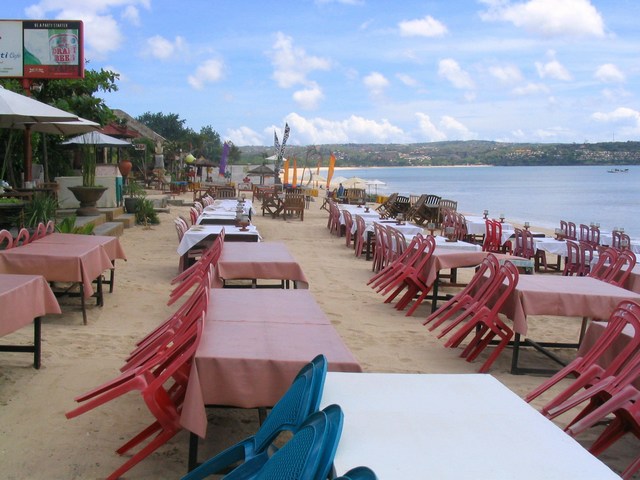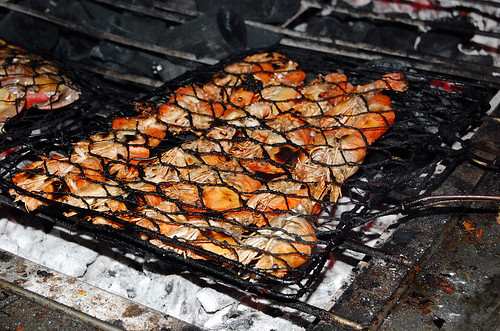Nusa Dua Fiesta 2008
bali event
Nusa Dua Fiesta is a yearly tourism event executed in Nusa Dua, south part of Bali by performing the variety of cultures, fashion, dance performance, music, and other tourism exhibition.

Bali Tourism Development Corporation (BTDC) is again hosting the Nusa Dua Fiesta within the Nusa Dua Complex October 10-14, 2008.
Costing an estimated Rp. 1 billion (US$108,700) and supported by 20 stakeholders, 13 hotels and 7 tourism operations - the festival will once again feature cultural performances, live musical performance, sporting events, contests and product exhibitions.

Among the exhibitors at the Nusa Dua Fiesta 2008 are 41 government departments, 17 provincial governments, 29 regional governments, 16 hotels, 3 government departments and one private enterprise.
The theme for the current year is "Green Tourism" a direction for the event inspired by the United Nations Climate Change Summit held at Nusa Dua in December 2007.






















